James Cameron famously used three-dimensional imaging and computer simulation to create the characters in his blockbuster movie Avatar. In a recent Disney film, Angelina Jolie’s image was three dimensionally manipulated to become the larger-than-life character of Maleficent. We’ve become accustomed to computer simulation on the silver screen and now this same cutting edge technology is being used to simulate results for patients considering plastic surgery, allowing them to visualize their potential results on their own body.
by The Plastic Surgery Channel
and Patricia McGuire, MD and William P. Adams Jr., MD
Best visuals for patient consults
In the past, if you were considering a breast lift, you may have spent much of your consultation looking at before and after photos of other patients. Dr. Patricia McGuire and Dr. Bill Adams have both dedicated their lives to bettering the science, techniques and materials used in plastic surgery for the breast. “Communication in the past was one of the only tools,” explains St. Louis-based Dr. McGuire of the plastic surgery consultation process. “Doctors would describe what they can or cannot do; but now doctors are able to show the patient, on their own body, a simulation of what they can accomplish.”
How does it work?
In the comfort and privacy of the consultation room, the patient is positioned in front of a special computer that is hooked up to multiple cameras set to capture images from several angles simultaneously. After one quick flash, the computer software uses these images to build a three dimensional virtual model of the patient in a matter of minutes. The doctor and patient can then manipulate the image on the screen, allowing the patient to see their current body from angles that a mirror would not allow them to see. Together they can plug various sizes and shapes of implants into the “before” image, simulating the potential “afters” of an augmentation.
“I can tell them things, I can show them pictures of other patients, but to show them their own body with what their body can do, in the imaging, really helps hit home,” says Dr. McGuire. Scientific studies have shown that these three dimensional simulations are 98.5% accurate in predicting the results of augmentation. “Now we can also use this tool for mastopexy, or breast lifts,” explains Dr. Adams, who has breast lift patients travel from across the country to his practice in Dallas. His patients are able to see both the shape change and the future scars on their own body with the help of three dimensional simulation.
A picture is worth a 1000 words
“The 3D imaging for mastopexy has helped me with patients who aren’t sure they want to accept the scars from a mastopexy, but when they see the shape of the breast improve with the imaging, they are more willing to accept that to get the best result,” says Dr. McGuire. Both surgeons are excited about this advance in the patient consultation process. “I would tell patients interested in doing a breast lift: now there is a technology out there that can not only show you what you’re going to look like, but it can allow you to make a better, educated decision on whether or not that is a procedure you’re going to want to do,” says Dr. Adams.

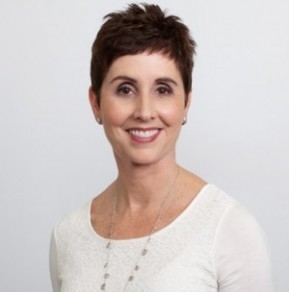
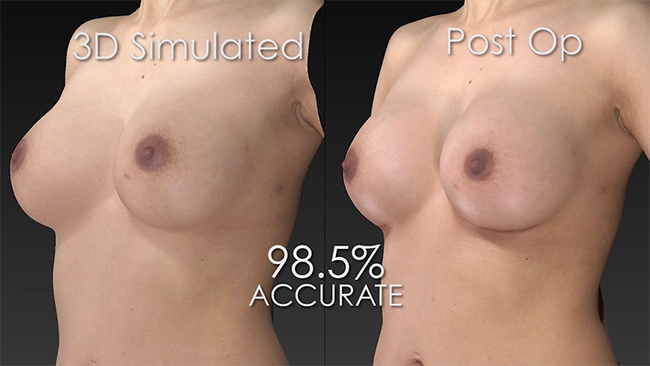
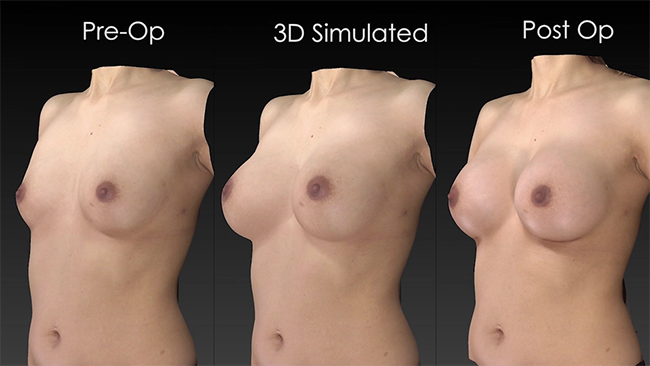

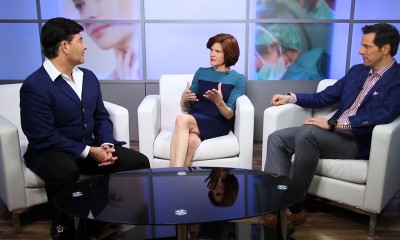

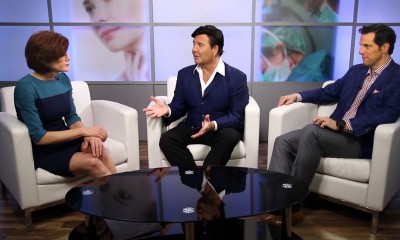
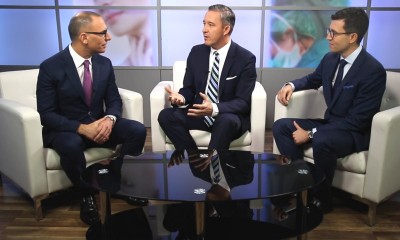

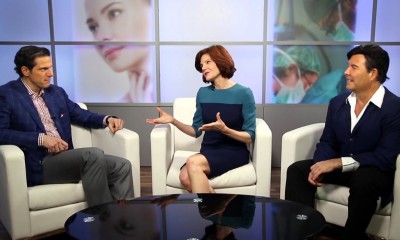
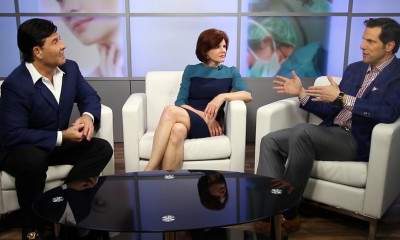





Facebook
Twitter
Instagram
YouTube
RSS